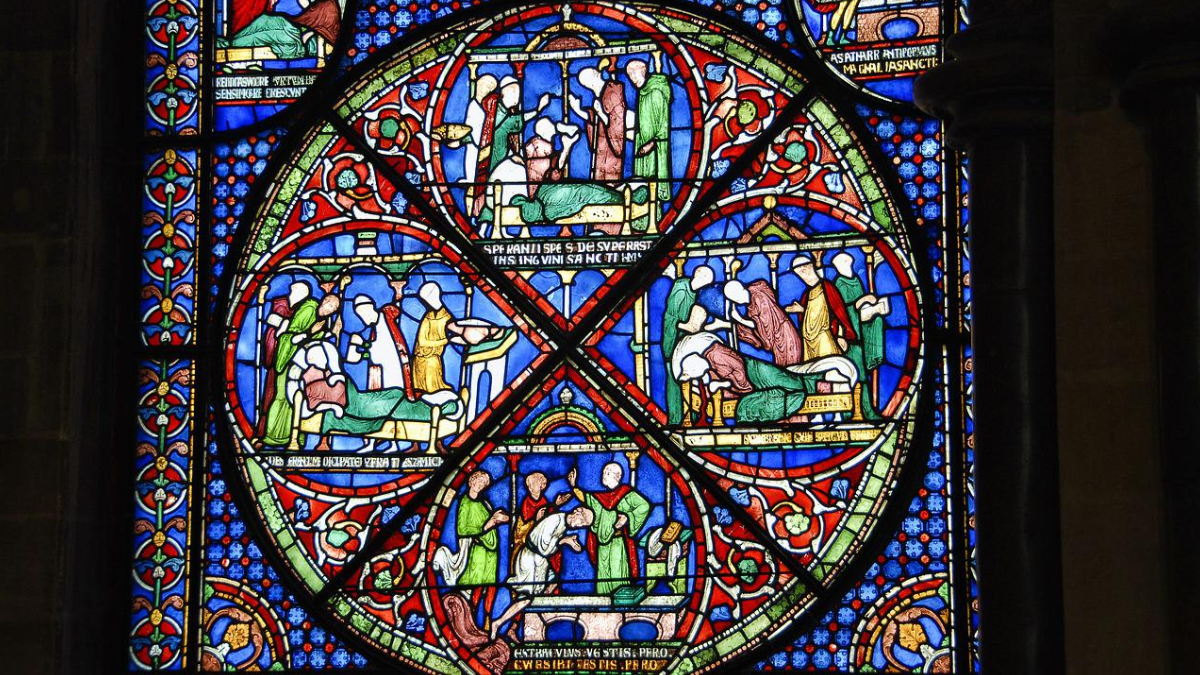Ruth recently published a monograph called 'Saints, Cure-Seekers and Miraculous Healing in Twelfth Century England' (York Medieval Press, 2021).
“Looking at seven English saints’ cults and their twelfth-century posthumous miracle collections, I consider stories of miraculous healing and the experiences of those who sought this out (the cure-seekers). Who were these cure-seekers, where did these people originate from, and what kind of distance did they travel in search of miraculous cure? The book places experiences of being miraculously healed within the contemporary world view of medicine and healthcare, reflecting the range and hierarchy of therapy available.”
Ruth encourages her students to engage with primary sources and asks her students to read the miracle stories and think about how we actually approach something that seems like fiction and why was it seen as a possibility in the Middle Ages.
She also encourages her students to look beyond written documentation and explore other source material.
“We can look at wall paintings or stained glass where it survives. Or look at the structure of a building and think about how the space might have been used and how people moved around it. Using the fragments, we can pull together a picture of what was actually going on.”

